In this episode of the BikeRadar tech Q&A, senior technical editors Tom Marvin and Warren Rossiter sit down with Tom Law to cover a pair of road and MTB questions apiece.
We cover Fox’s intriguing new GENIE shock, handlebar compliance, electric bike conversion kits and more.
As ever, if you have a question you can’t find the answer to, email us at podcast@bikeradar.com and we’ll get back to you.
Looking for an endurance bike for long rides that’s not too sporty
Brian Ridley asks…
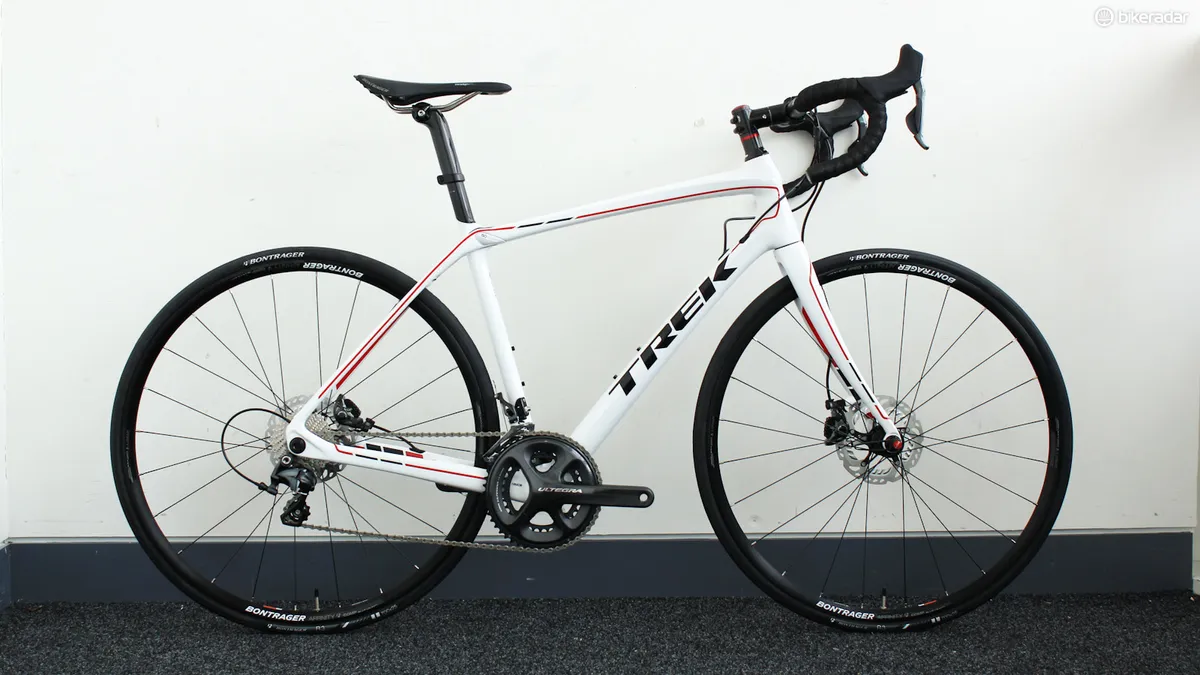
I'm looking for a new bike, preferably for around £3,000 (although I could stretch to £4,000).
I want an endurance bike for long-distance rides, with the option to throw on some bags for a few nights away.
However, most recommendations seem to be "racier but still comfortable”. I’m loving the comfort part but not keen on the racier position.
At 61 years old, 6ft and 82kg, I'm not as flexible as I was in my youth.
I’m also considering a suspension stem as the roads here are terrible. Any suggestions?
BikeRadar’s answer…
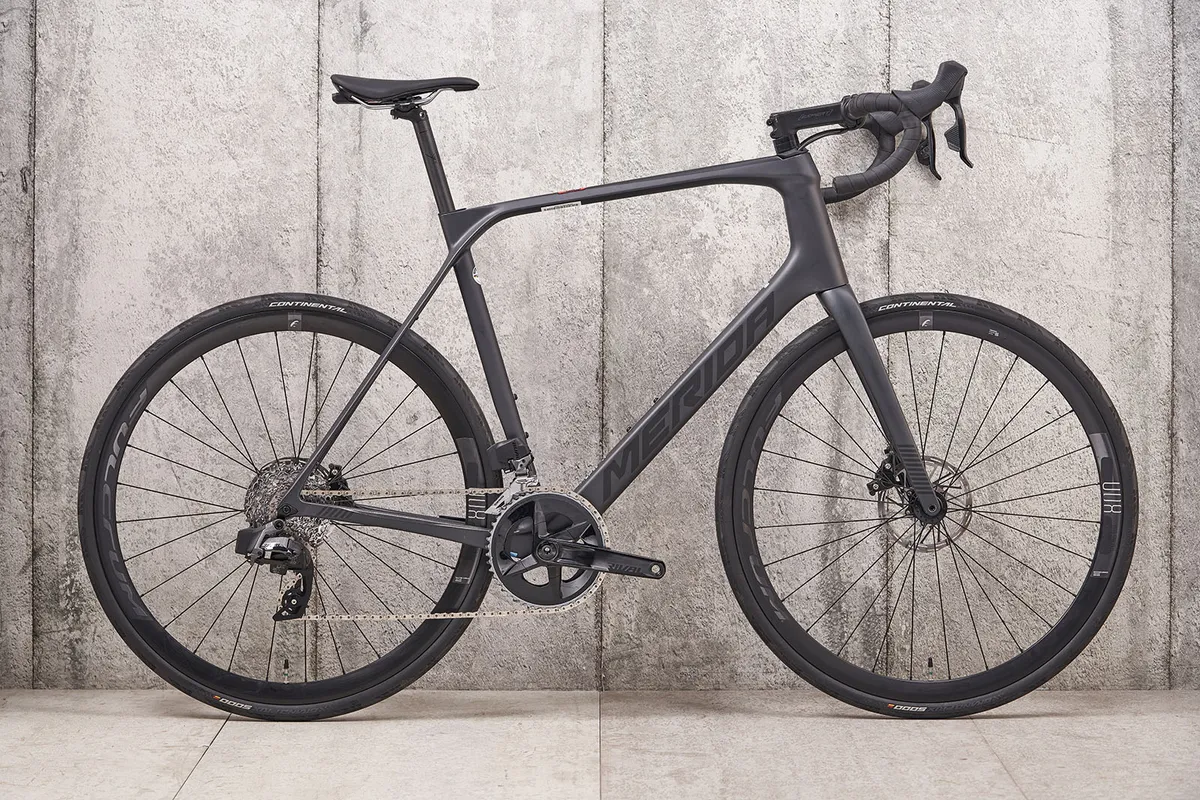
While endurance bikes have generally become a bit sportier in recent years, there are still options with generous stack out there.
Senior tech editor Warren Rossiter suggests the Giant Defy (our 2024 Road Bike of the Year).
While only slightly taller and shorter than the Giant TCR, it still offers a very comfortable ride. Warren is even considering it as a replacement for his own TCR.
For a more relaxed riding position, Warren recommends looking at Merida’s Scultura Endurance.
He tested the Rival-equipped bike for Bike of the Year in 2023 and suggests the upright position is more typical of classic endurance geometry. The bike also has generous tyre clearance up to 35mm, which would help smooth out rough roads.
As another plus, the Scultura doesn’t have a one-piece bar-stem setup, meaning you could swap in a suspension stem if you want even more front-end comfort.
Warren is currently testing the USE Vybe and Redshift suspension stems, so keep an eye out for those reviews on BikeRadar soon.
Another option to consider is the Specialized Roubaix. The Future Shock system does an excellent job of damping vibrations, and with the Hover bar effectively raising the stack height, the riding position is more comfortable than the geometry chart suggests.
Warren highlights the current Roubaix SL8 Sport 105 as a great bike, priced within Brian’s budget at £3,000.
Reliable electric bike conversion kits
BikeRadar’s wonderful podcast editor, Dan asks…
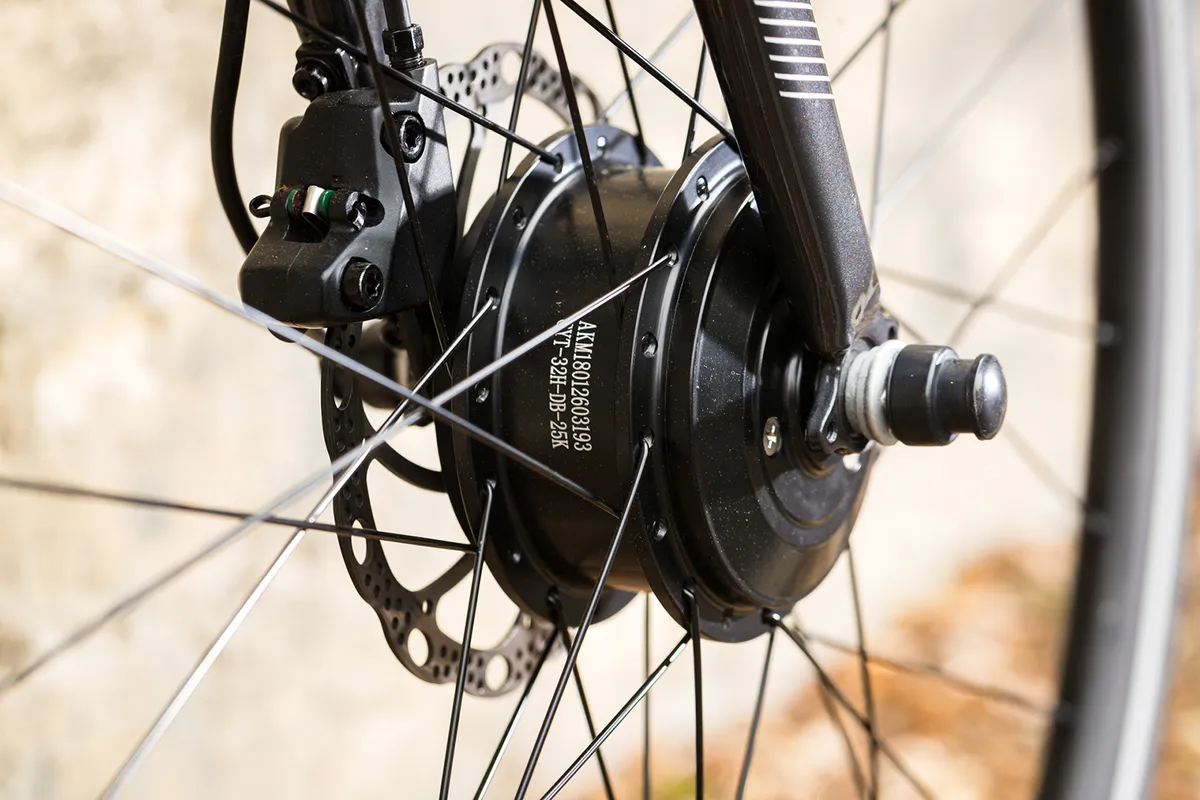
Hi team,
My mum, in her late 50s, is interested in converting her bike to electric for errands, commuting and the occasional casual ride. Any advice on what to look for in an electric bike conversion kit?
BikeRadar’s answer…
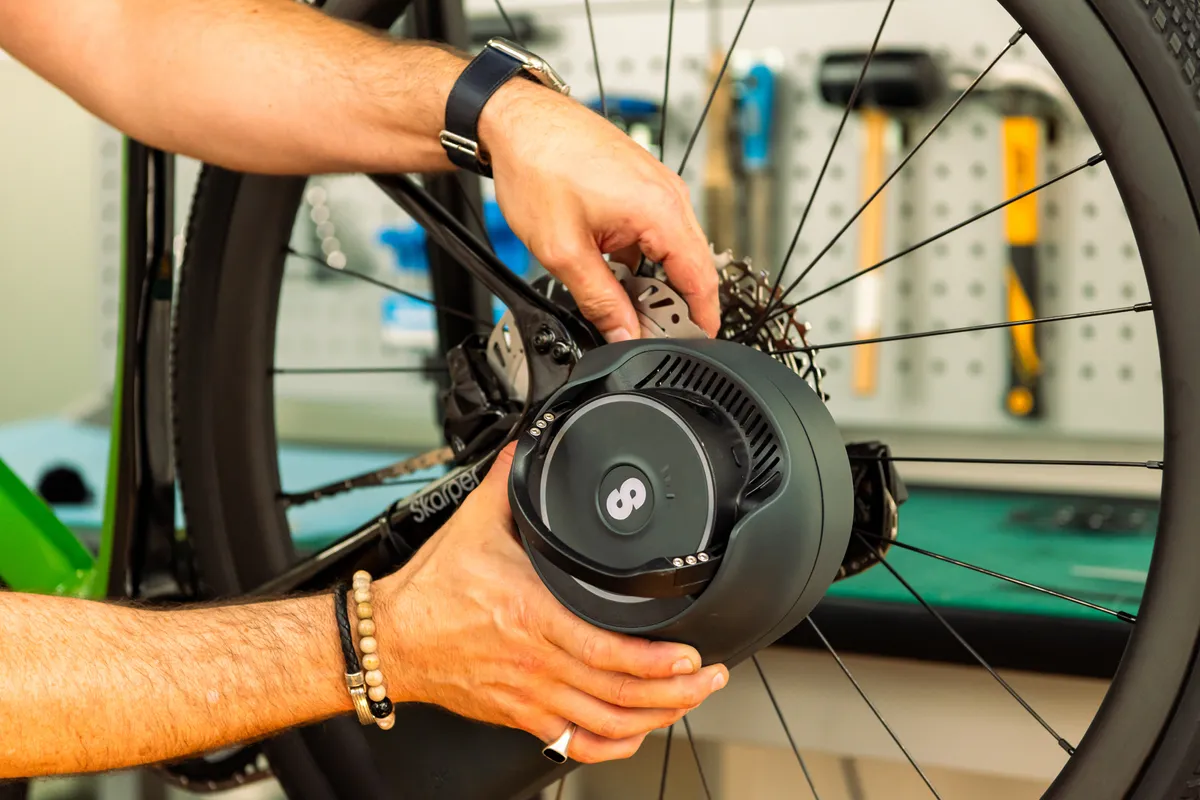
We’d first recommend avoiding cheap, generic electric bike conversion kits – these are not closely regulated and often don’t meet safety standards.
Warren recommends the Swytch kit as a solid, affordable option. Starting at around £470, the kit includes a motorised front wheel and a bar- or frame-mounted battery. It’s lightweight and simple to fit, although depending on the bike, you might want to have a local shop handle installation.
The range varies from 7 to 20 miles, making it suitable for short commutes or casual rides.
For a longer range, Warren suggests looking at the Cytronex kit. Like Swytch, it uses a motorised front wheel but comes with a bottle-style battery that offers a real-world range of over 35 miles. Cytronex kits start at £925, and they also offer a fitting service for an additional cost.
If rear-wheel drive is preferred, Warren highlights Boost, which offers a more natural handling experience compared to front-wheel drive systems. Boost kits start at around £1,000 and come with a 36V battery for a solid range. He is currently testing a 700c disc version, which he found easy to install.
Finally, for a more flexible solution, Warren recommends the Skarper system.
Instead of replacing a whole wheel, the Skarper kit uses a DiscDrive that replaces the rear disc rotor.
This enables you to switch quickly between assisted and standard riding, and with an additional DiscDrive, you could even use it on multiple bikes. The Skarper system is priced at £1,395, but is the most versatile option.
Why are my chopped-down bars not comfortable?
Sally Robinson asks…

I recently bought myself some new carbon bars for my bike. They’ve been sold to me as “super compliant”. They were 800mm when I bought them, but I’ve cut them down to 750mm.
Initial impressions were good but, when riding longer, rougher trails, it felt like my teeth were rattling out of my skull.
Have I done something wrong? Why aren’t they as compliant as all the reviews say?
BikeRadar’s answer...

There are two possible reasons for this, although the most likely one is all to do with leverage.
Tom Law explains that placing your hands on a wider bar exerts more leverage, which induces more flex (or, compliance).
By cutting the handlebar from 800mm to 750mm, you've reduced the length by 25mm on each side, which decreases the leverage you can exert on the bar.
This might not sound a lot, but if you consider the central portion of the bar, close to the bar clamp and the angled portions of the bar, are potentially designed to be stiffer, there’s even less length of bar to flex.
Some brands, such as Race Face, are now building bars that come in different lengths, with their comfort dialled in for each width.

Tom Marvin points out, too, that there are a lot of other factors going into the front end of a bike’s comfort.
While the bar may have been chopped down, changing tyre pressure, for example, will also impact on comfort – as will how regularly your suspension has been serviced.
If you don’t want to replace the bar you’ve just purchased, have a look at other parts of the front end of your bike, where comfort might be boosted.
Finally, both Toms agree that the bar roll may be an important factor. Some comfy bars are designed to flex vertically, but not horizontally.
So, if you’ve got the bar rolled particularly far forward or back, it may be unable to flex in the direction you need it to. Check your bar roll and centre it to a neutral position in the stem to see if this helps.
Fox GENIE shock compatibility
Joshua asks…

I currently own a Specialized Turbo Levo SL 2 and I'm interested in upgrading its rear shock.
I have heard positive reviews about the performance of the Fox GENIE shock on the Stumpjumper 15. Would this shock would be a suitable upgrade for the Turbo Levo SL 2?
Specifically, I am interested in understanding how the different suspension designs of these two models might impact the bike’s overall performance, particularly in the context of kinematics.
BikeRadar's answer...
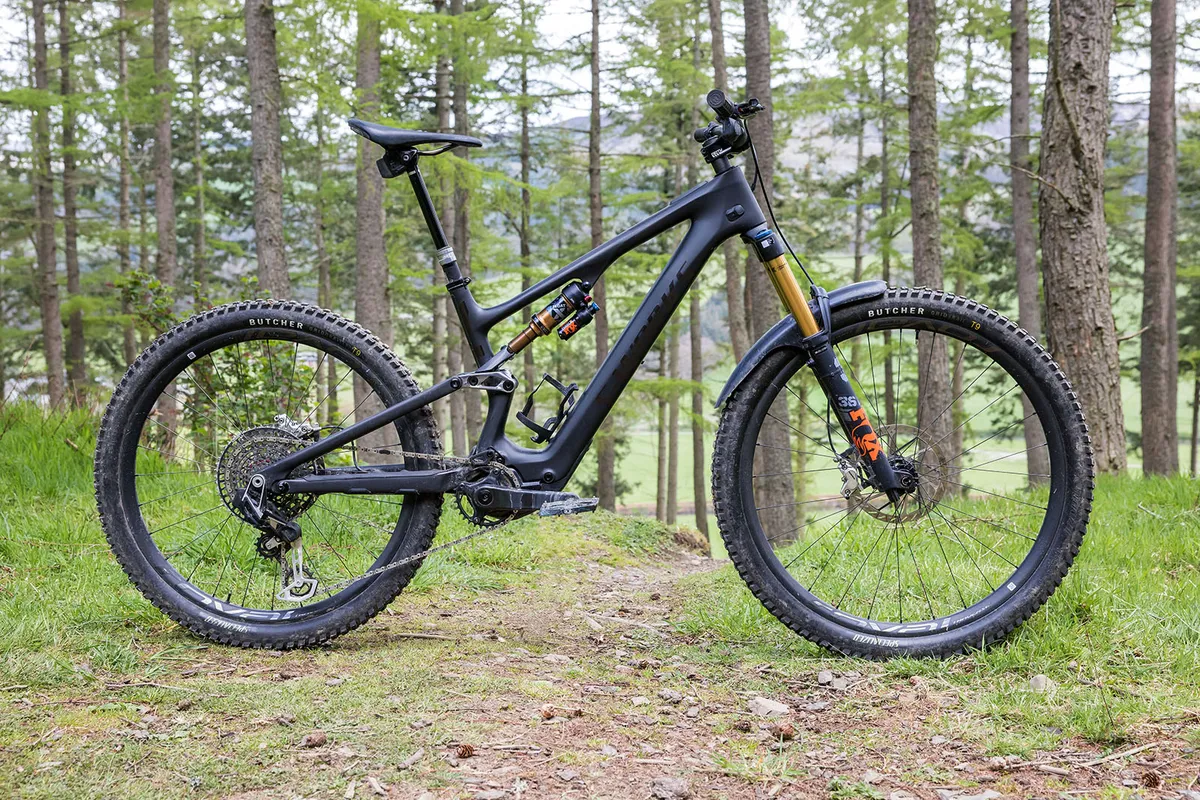
As ever, before you go ahead changing anything, do so either at your own risk, or following proper advice from the related brands.
The GENIE is a proprietary Float shock built by Fox for the Specialized Stumpjumper 15 and, as far as we know, can’t be purchased aftermarket. As such, getting hold of one in the first place might be tricky.
Given the new Stumpjumper is available with a coil shock, a standard shock or the GENIE shock, we don’t feel the kinematics of the Stumpjumper’s linkage are inherently connected to the shock itself.
We’re not sure how similar the kinematics of the Stumpjumper and Turbo Levo are, and so a shock tuned for one might not feel ‘right’ on the other anyway.
That said, in the US, it’s possible to buy a Turbo Levo SL model with a new Fox Float X GENIE shock, so you’re definitely not wrong to believe it might be possible.
As mentioned earlier, though, getting hold of either could be tricky.
If you want a plusher feel, you might be best looking for a RockShox Vivid Air – a larger-volume shock that should feel great. However, as ever, check compatibility with the frame.
